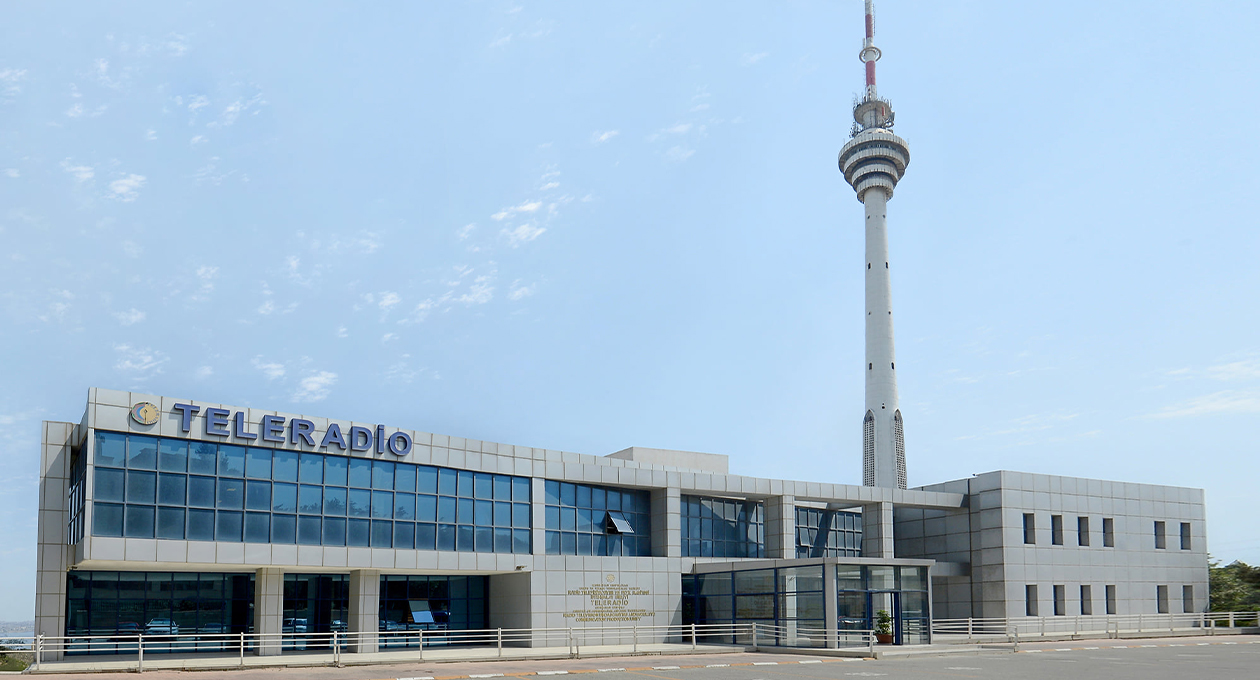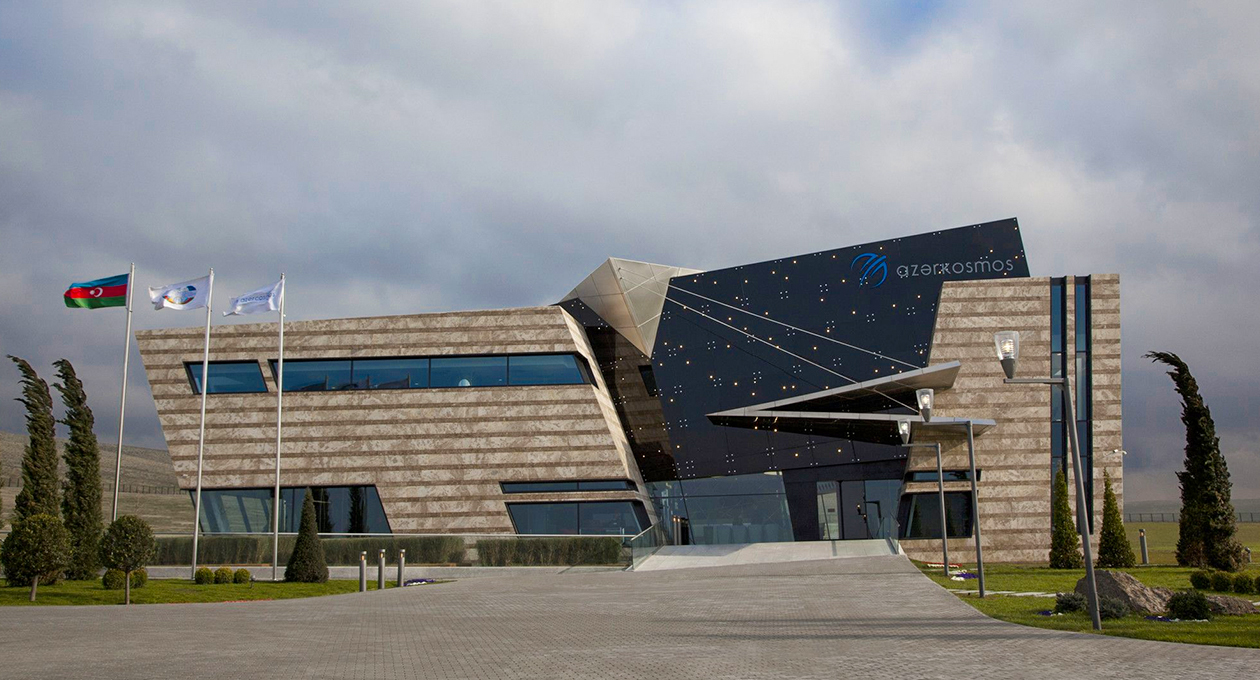Brief information on digital TV broadcasting
Digital TV is the broadcasting of television programs in digital format. Depending on the method of transmission there are different types of the digital TV broadcasting:
- DVB-T (Digital Video Broadcasting – Terrestrial);
- DVB-S (Digital Video Broadcasting – Satellite);
- DVB-C (Digital Video Broadcasting – Cable).
It is used the antenna system of analogue TV broadcasting for receiving of the programs via DVB-T broadcasting. In accordance with the Regional Agreement Geneva 2006 of International Telecommunications Union (ITU), VHF and UHF frequency channels are allocated for the broadcasting of the digital TV programs. According to this agreement, the member countries should complete digital switch over (analogue switch off) process by the June 2015.
The broadcasting opportunities of 10 or more TV programs in one frequency channel in high quality is the main advantage of digital TV broadcasting. Also, it gives an opportunity to receive TV programs broadcasted in the capital in high quality in any region of the country. It is also possible application of the different services during the transmission of TV programs via digital broadcasting. The simultaneous transmission of TV programs in different languages, placement of the additional data, weekly program, transmission of the announcement of films and programs and other services can be cited as an example.
Other advantages of digital TV broadcasting are as follows:
- Possibility of increasing the quality of transmitted and received signals (outside interferences in transmission is not feeling, there is no loss in the storage of information and etc.);
- Possibility of increasing number of programs; Transmission with lower power consumption;
- Possibility of reception by mobile and portable receivers;
- Effective usage of frequency spectrum (10-12 TV programs in 1 frequency);
- Application of broadcasting with a single frequency;
- Possibility of transmission of local TV programs;
- Transmission of information on additional services along with TV programs (weather-forecast, traffic schedule, advertisings, etc.);
- Possibility of interactivity of digital TV broadcasting network, internet connectivity, access by subscriber’s coding system;
- Ability to be stable against external interferences in broadcasting, minimum of obstacles established by other communication means;
- Usage from existing infrastructure for conducting terrestrial television broadcasting (TV stations, receivers, subscriber equipment and etc.);
- Operative changing of broadcasting configuration;
- Possibility of compression of information.
DVB-T is the DVB European-based consortium standard for the broadcast transmission of digital terrestrial television that was first published in 1997 and first broadcast in the UK in 1998. Many countries that have adopted DVB-T have published standards for their implementation. DVB-T has been further developed into newer standards such as DVB-H (Handheld) and DVB-T2.










